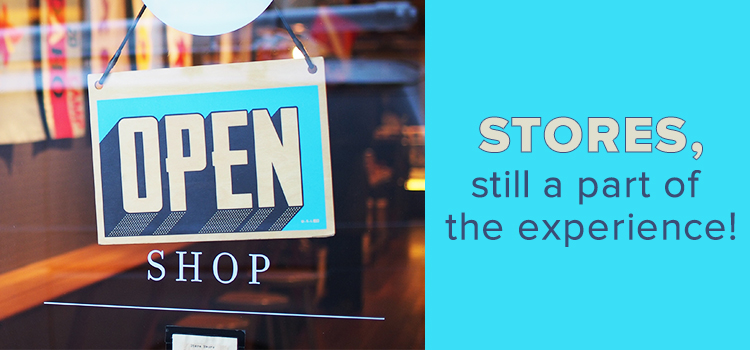Marketers think of loyalty as a demand or a lever to produce higher revenue, but it’s so much more. We demand loyalty from customers, and we chase it fervently, but few take a moment to realize that to get something, you often must be the first to take that step. Marketers must prove loyalty to customers before they can expect anything in return.
Want to raise prices? Cultivate loyalty. Want more active customers? Foster loyalty. Want a more consistent customer foundation? Build loyalty.
It takes a transformation in the mindset to develop the experiences, campaigns, and services needed to increase customer sentiment and loyalty. And if we are going to demand loyalty from our customers, we have to go first.
Actions speak louder than words
“Do as I say, not as I do” is the motto for many brands, but to be effective, loyalty needs broad support to change how the brand thinks about the customer.
Brands are living ecosystems, and while there are always bureaucracies and factions, the more high-level the sponsor for the program, the better chance it will have to unify everyone to work towards the same end goals.
On KPI to rule them all!
Marketers are driven into factions by focusing only on numbers. Each team has its KPIs and goals to hit by channel, and they often cannibalize or even hurt the customer to hit goals in the short term. It makes for a terrible customer experience, and it often shows how much brands don’t care about their customer bases.
Promotional exclusions are as long as novels today, customer service can be a living nightmare, customer data is captured yet never used to customers’ benefit, shipping takes too long and it’s expensive.
These are just o couple of the things that make customers feel undervalued. But they’re usually symptoms of brands falling into the numbers trap because they can’t see the forest for the trees.
One way to help prevent this trap is to institute a KPI that all teams are driving. It can change periodically, but there must be one across all teams to avoid factions driving the customer experience into the ground. This way, all teams work in unison to fix the issues, to elevate specific experiences and to drive change.

Stores, still a part of the experience!
When we think about customer experience, we’re almost exclusively talking about the digital environment. But for customers, their expectations often depend on the level of investment they need to put in. That means time, energy, resources and so on.
Digital has almost no investment for the customer. But when people go to stores, they put in time and effort. Online experiences have become so seamless that the in-store experience increasingly is lagging in comparison.
Store teams need to shift their mindsets to think of the customer and the investment they’re making to come into stores. Stores that acknowledge and reward customers for that behavior will produce repeat traffic and increase brand sentiment, whereas poor or even benign store experiences will hurt the overall brand even more because customers have been let down when they’ve invested much more in the process.

